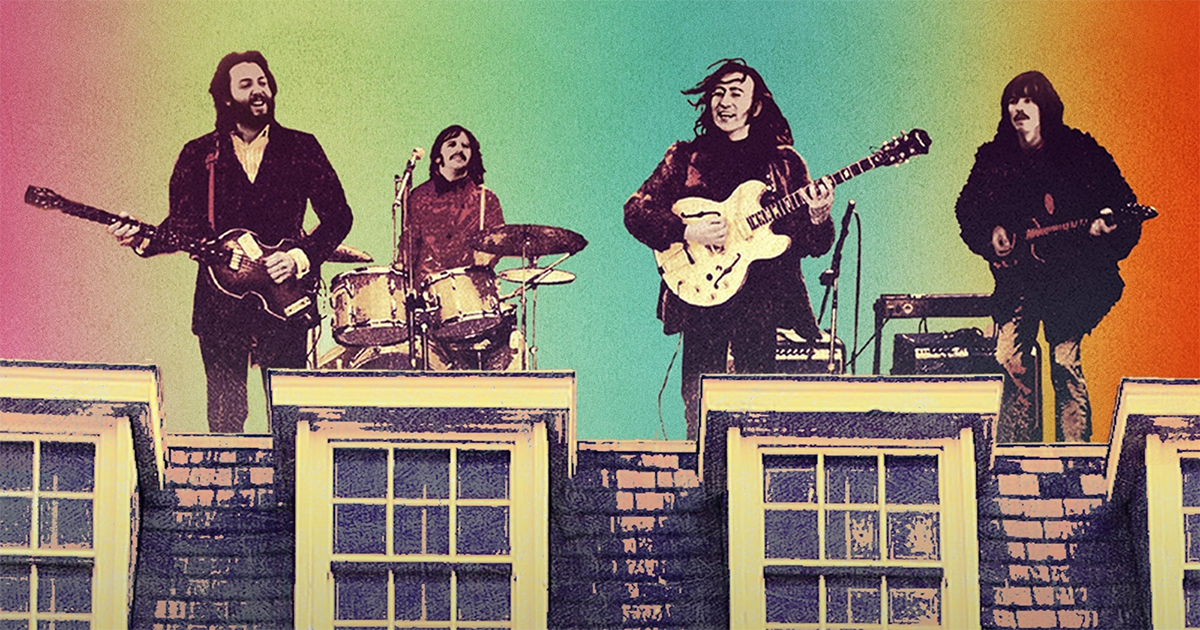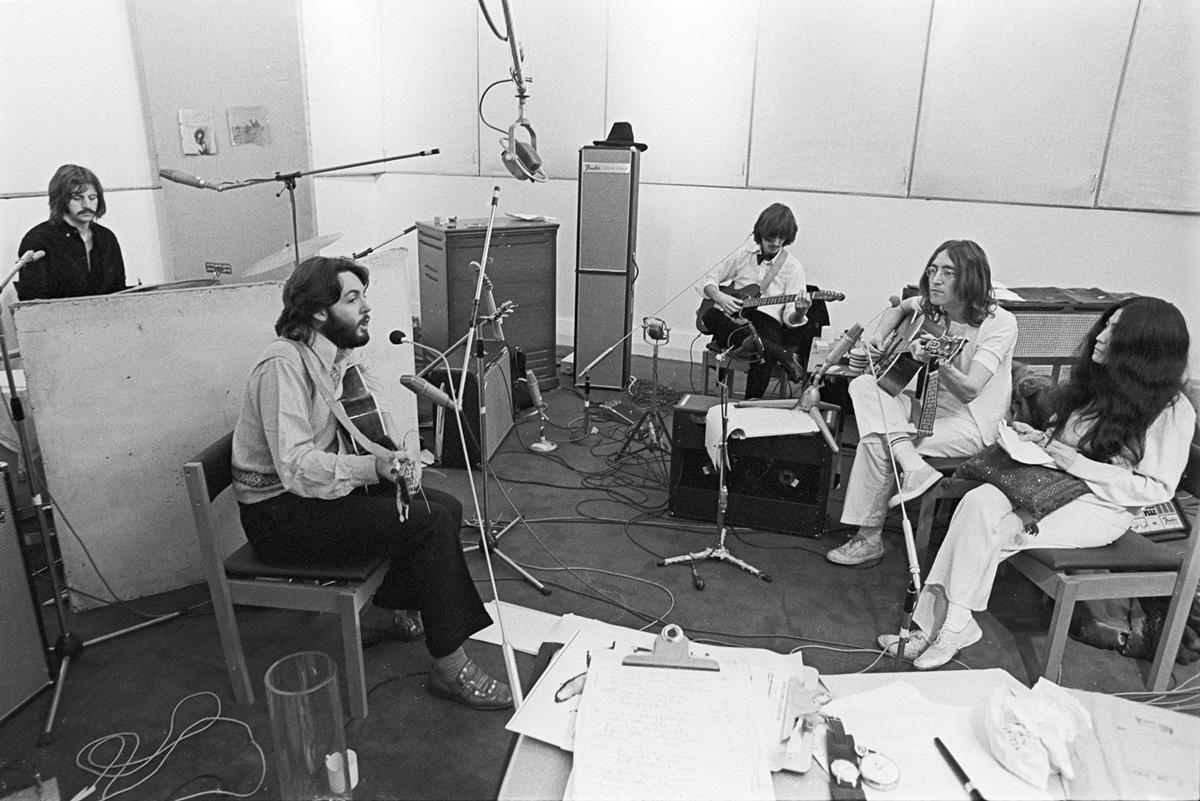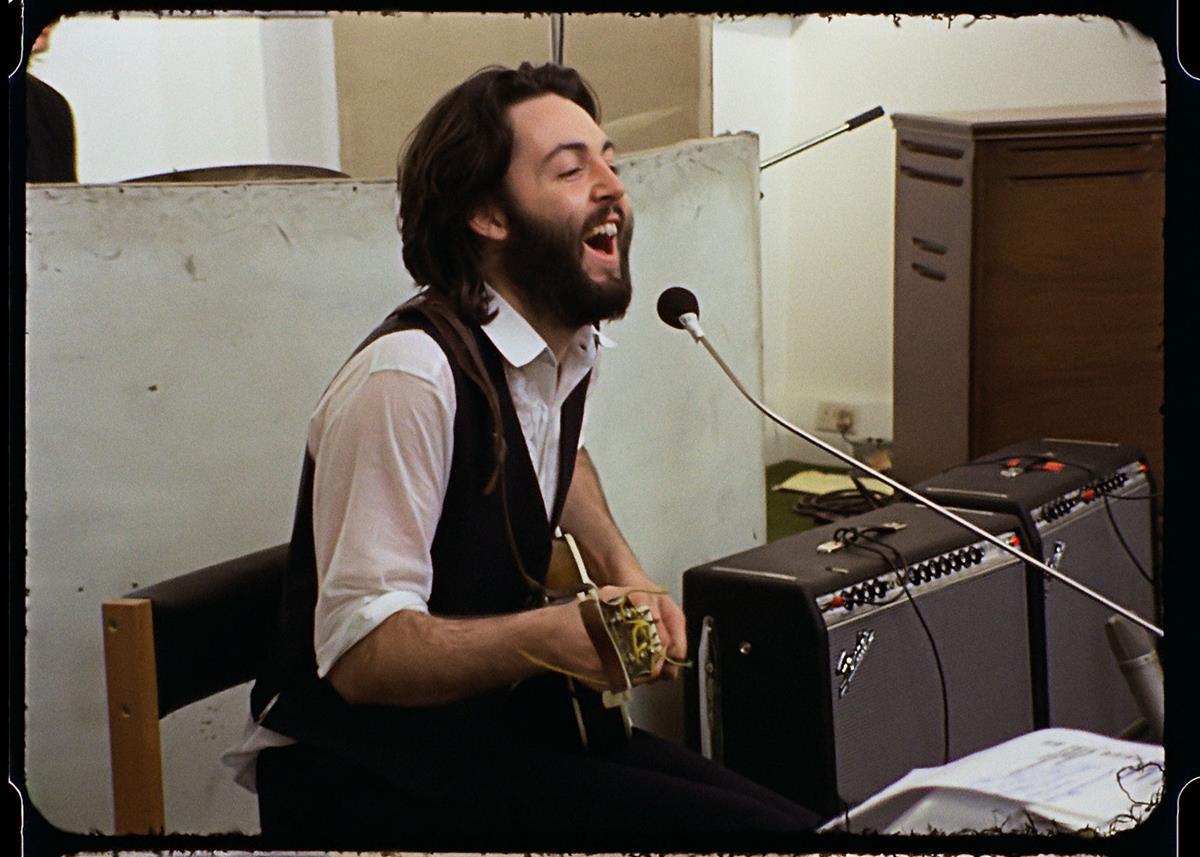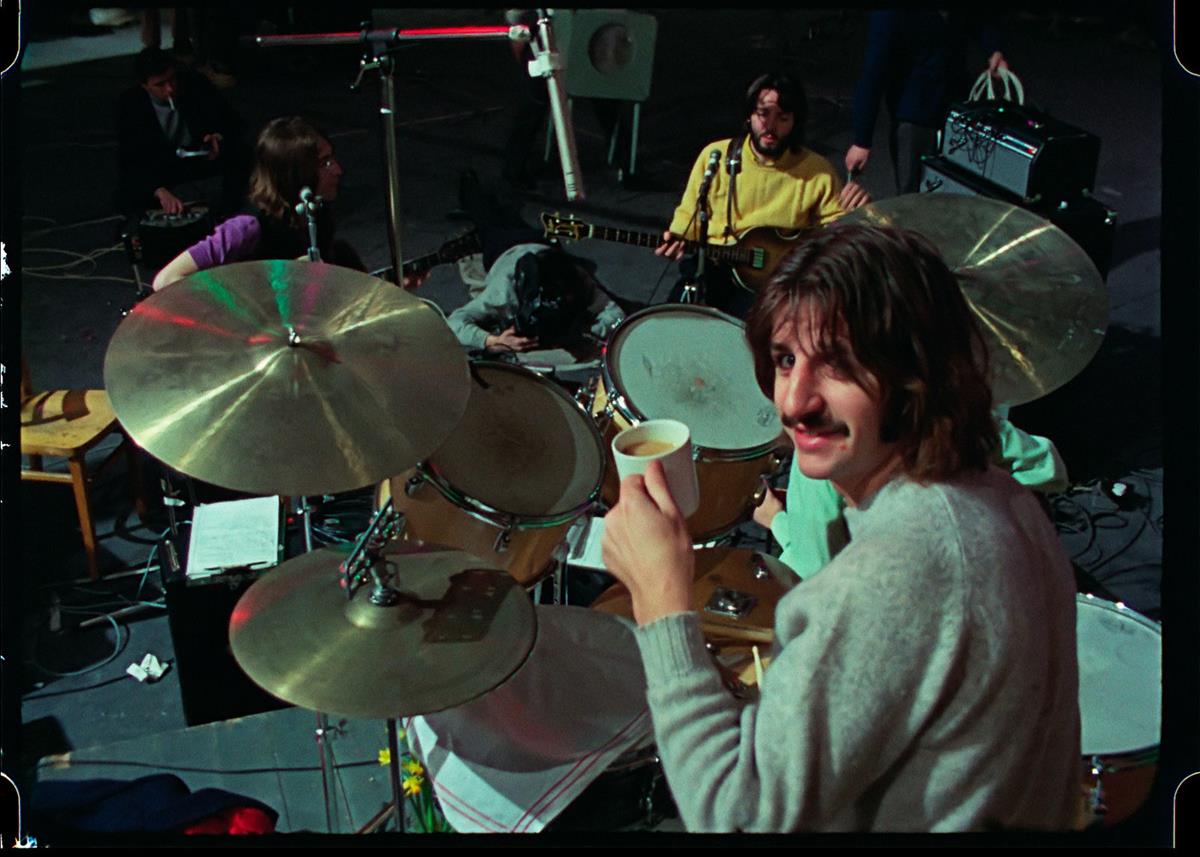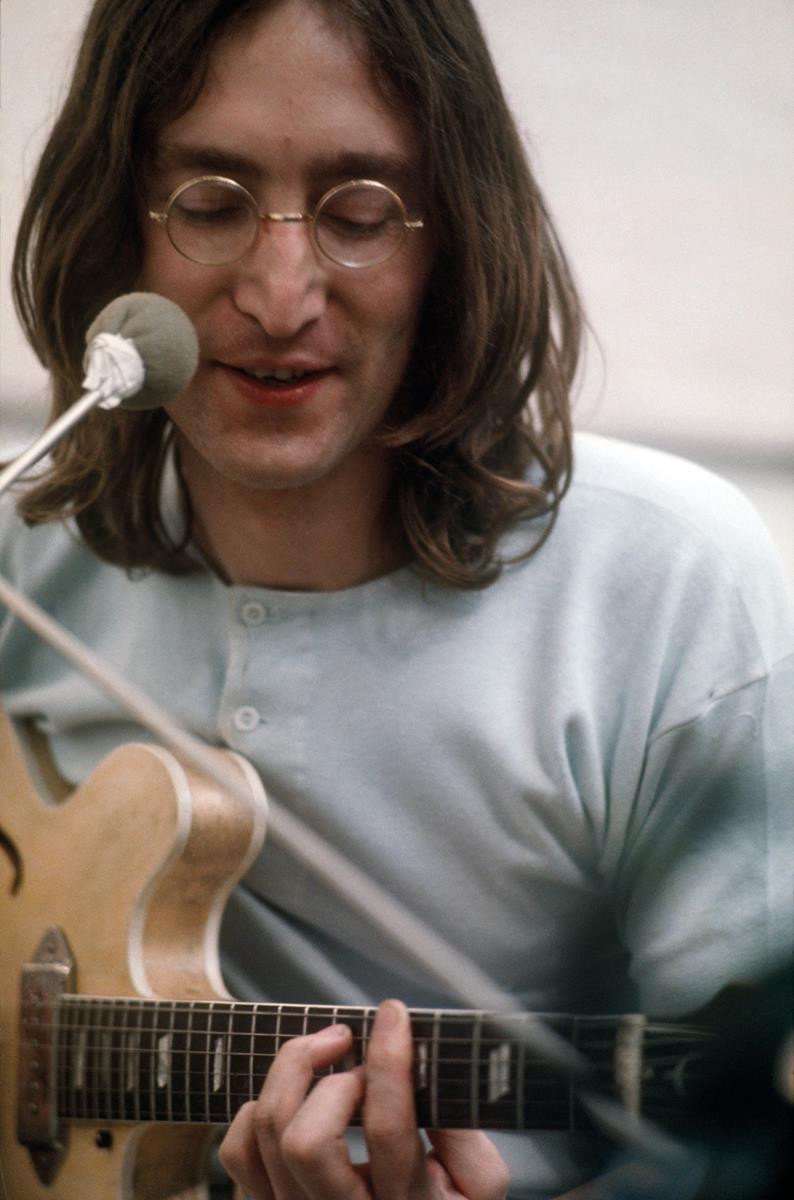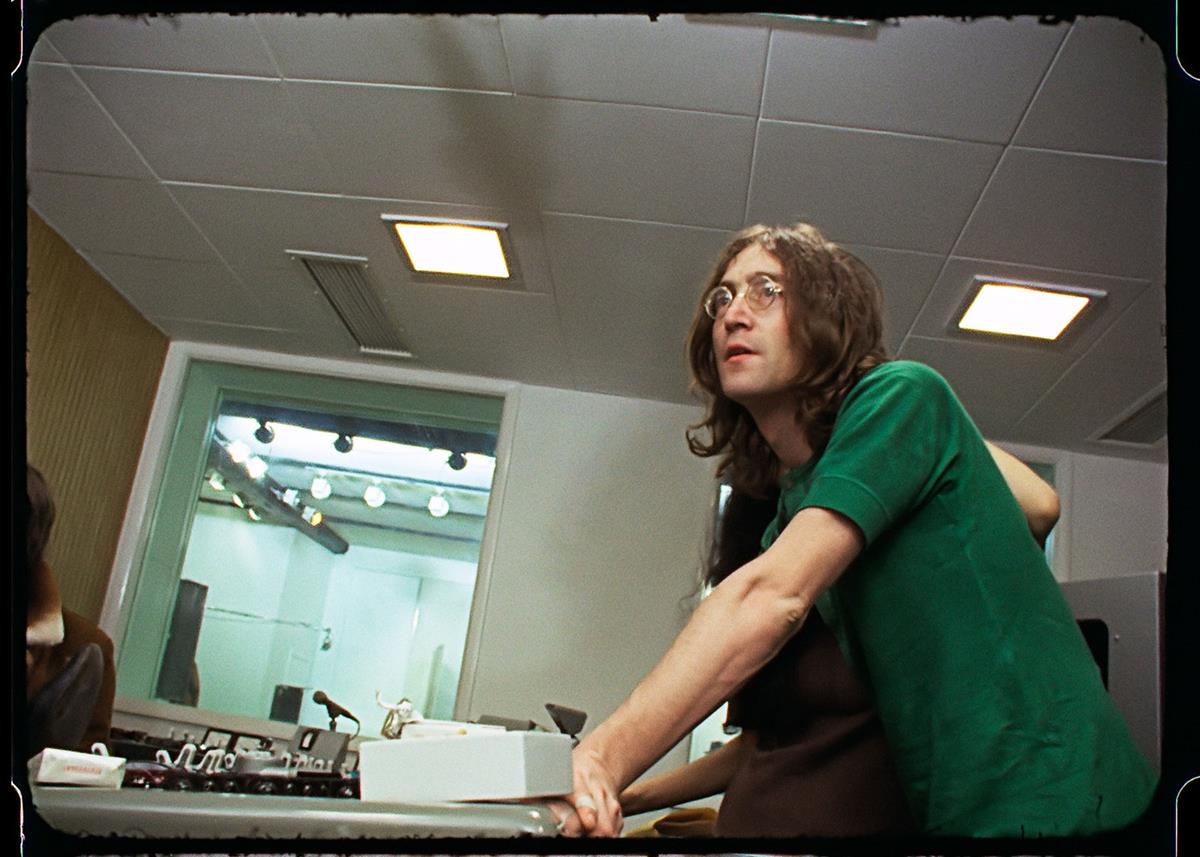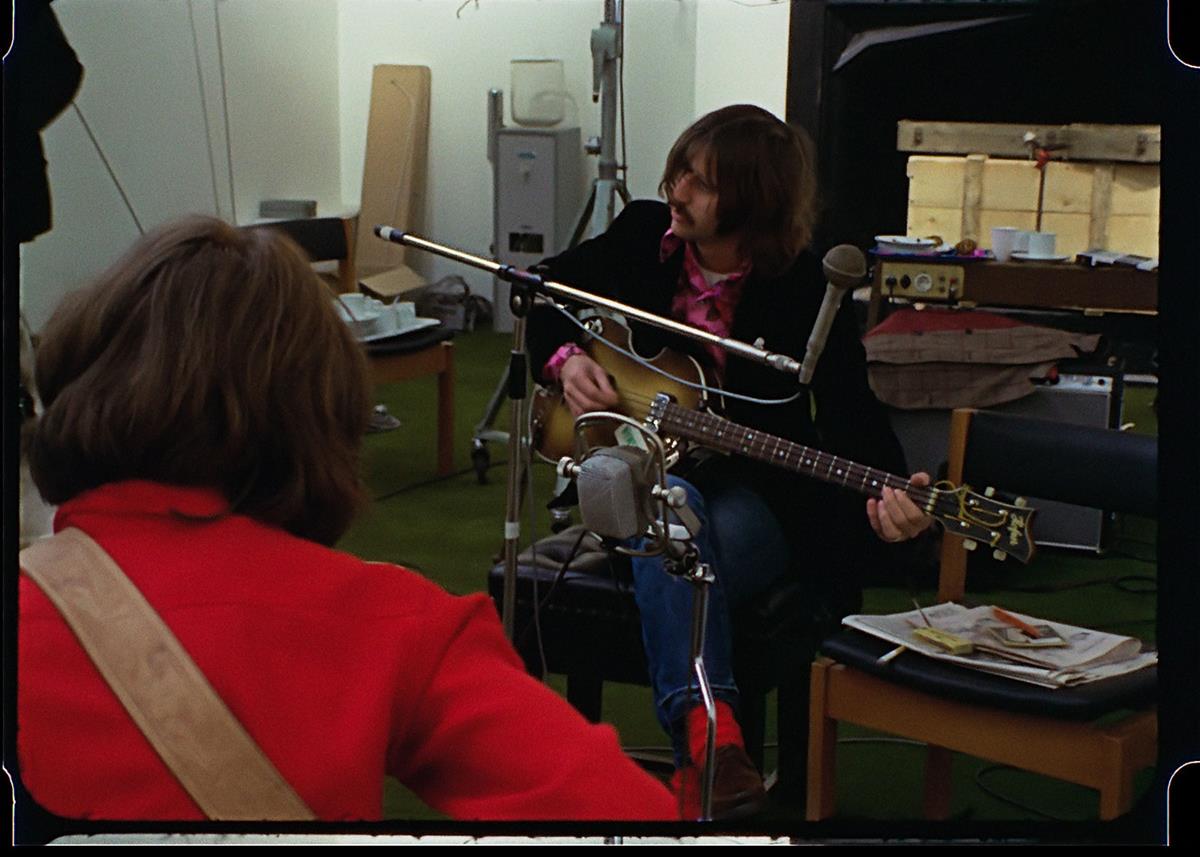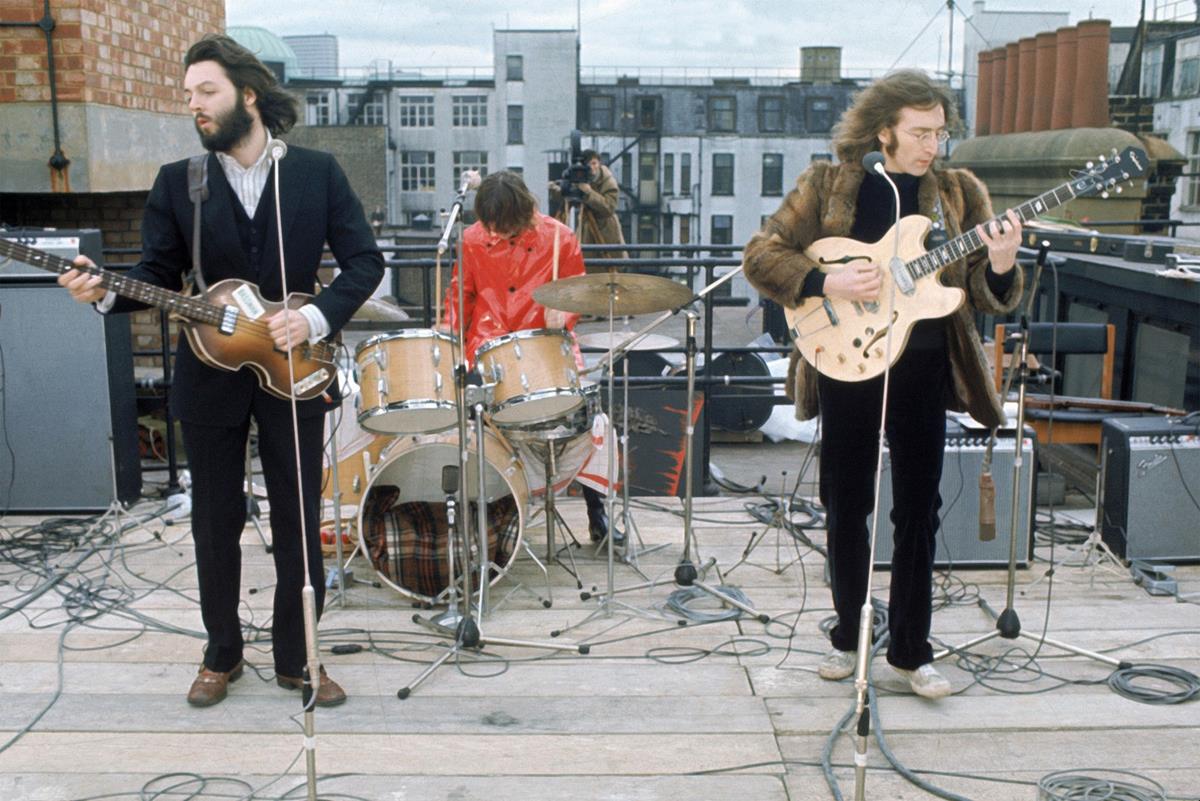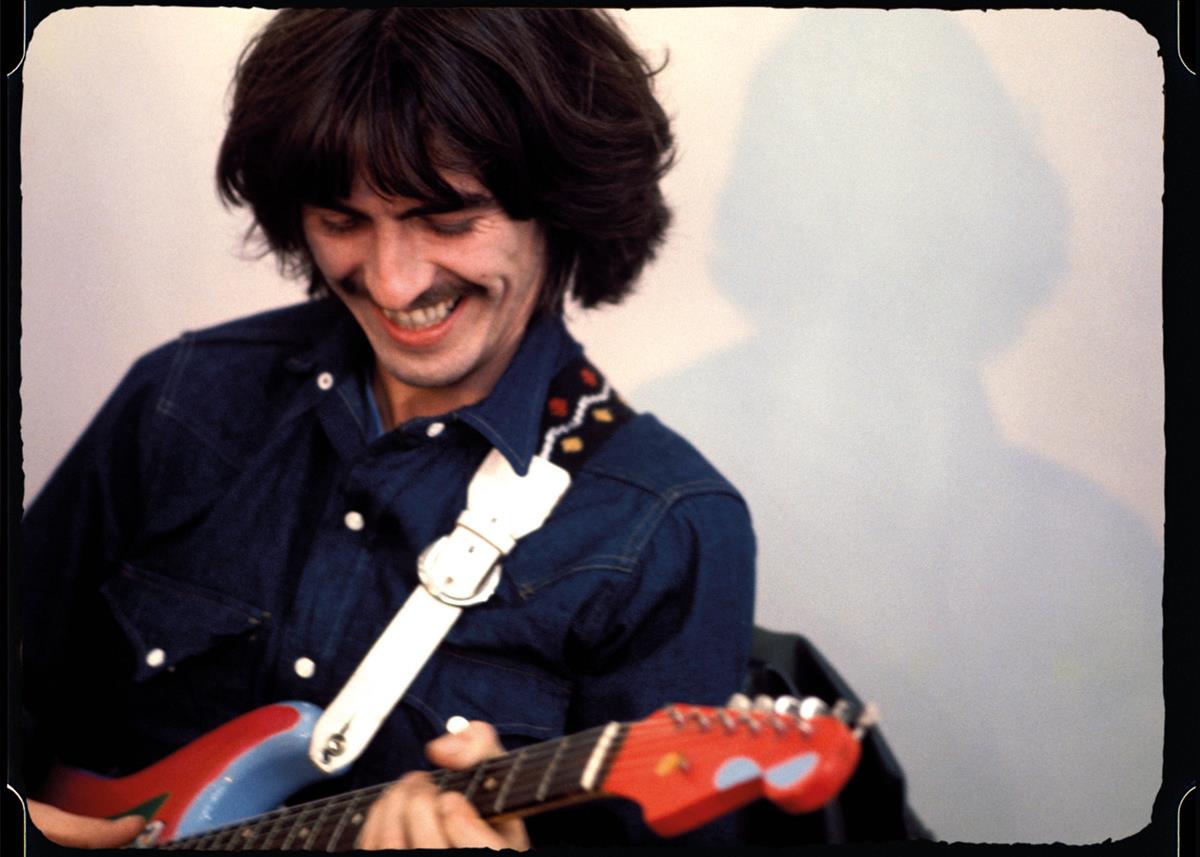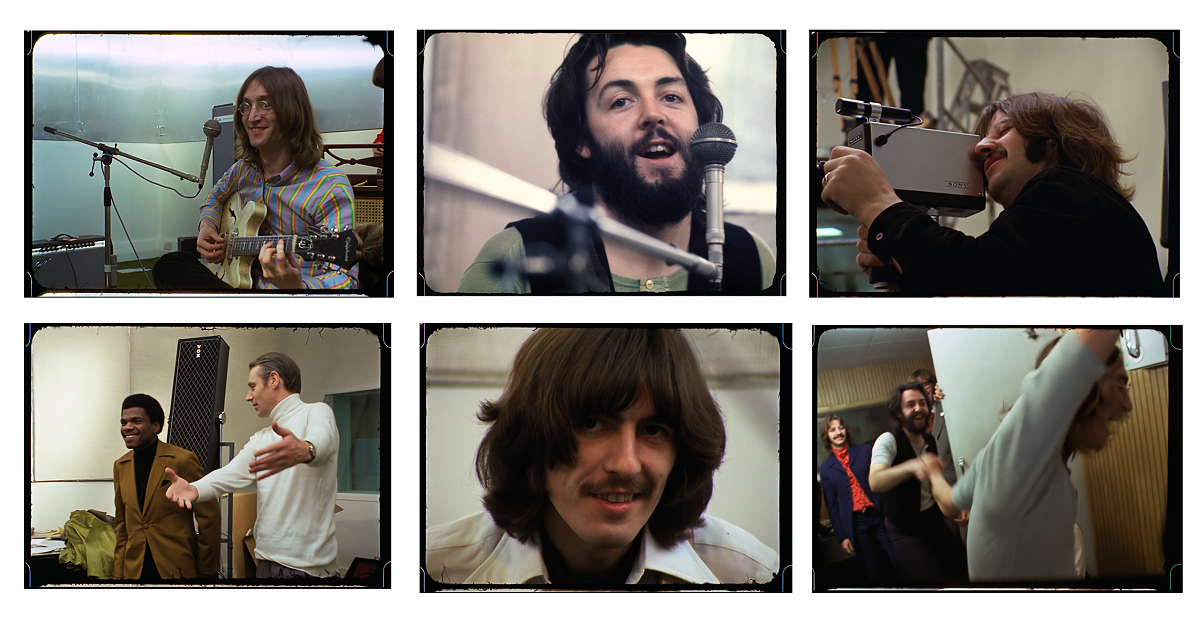
There are many talking points from Peter Jackson’s epic Beatles documentary Get Back, which is one of the series’ joys. Not least is insight into the creative process which saw the Fab Four write, arrange, record and perform dozens of songs within a short deadline.
Tom Whitwell at UK-based consultancy Fluxx calls the docuseries “a masterclass in facilitation and management,” and suggests that it holds lessons for anyone in the creative industries wanting to harness the muse.
Here’s some of the thinking.
The ‘Yes… and’ Rule
The first rule of improvisation and brainstorming is “yes… and,” as explained by performing arts consultancy A Mind Apart. When someone suggests an idea, plays a note, says a line, you accept it completely, then build on it. The moment someone says “no,” the flow is broken.
Yet as The Beatles slog through “Don’t Let Me Down,” George breaks the spell. Instead of building and accepting, he leaps to judgement, saying “I think it’s awful.” Immediately, John and Paul lay down the rules: “Well, have you got anything?” “you’ve gotta come up with something better.”
“It’s part of deferring judgement, where you strictly separate idea generation from idea selection,” Whitwell says. “Don’t judge, build.”
READ MORE: The real meaning of the improv rule, “Yes, and…” (A Mind Apart)
Defer Judgement
But at other times, Paul, John and producer Glyn Johns keep at it: pouring out idea after idea. Some of them are indeed awful, but most are just technical ways to reframe the problem: play it faster, play it slower, change the order, change the instruments, add repetition, remove repetition.
“They don’t judge the idea, they judge execution,” Whitwell says, pointing out that this is the central idea of the Double Diamond design process as outlined by the UK’s Design Council.
READ MORE: The Double Diamond: A universally accepted depiction of the design process (Design Council)
Use Rapid Prototyping
The deadlines on the project are self-imposed. The band doesn’t have to get back together. Their lives and creative passions are increasingly divergent from being in The Beatles. But they all have enough camaraderie and desire to reunite around the goal of their first live performance in years, which seems to galvanize even the most reluctant members of the group.
NOT WHODUNNIT, BUT HOW-DUNNIT — DIGGING INTO DOCUMENTARIES:
Documentary filmmakers are unleashing cutting-edge technologies such as artificial intelligence and virtual reality to bring their projects to life. Gain insights into the making of these groundbreaking projects with these articles extracted from the NAB Amplify archives:
- Crossing the Line: How the “Roadrunner” Documentary Created an Ethics Firestorm
- I’ll Be Your Mirror: Reflection and Refraction in “The Velvet Underground”
- “Navalny:” When Your Documentary Ends Up As a Spy Thriller
- Restored and Reborn: “Summer of Soul (…Or, When the Revolution Could Not Be Televised)”
- It WAS a Long and Winding Road: Producing Peter Jackson’s Epic Documentary “The Beatles: Get Back”
Perhaps that self-imposed deadline, less than a month, was necessary in order to jump-start the jamming. As McCartney said, “we’ve got to do it methodically this one… we’ve got to get some system to get through 20–30 songs.”
According to Whitwell, this “production line” work ethic is akin to rapid prototyping, but it was anathema to Harrison who at that stage preferred a more laid back longform approach.
It’s not clear what the lesson is here. The majority of the best (most well known) new songs on Let it Be are written by McCartney, yet Harrison took all of his ideas into the album All Things Must Pass, which was released two years later. In addition, many of the tunes from Let It Be are picked up from ideas discarded by The Beatles previously (“Dig a Pony,” “One after 909”).
ALSO ON NAB AMPLIFY
One Conversation at a Time
It’s striking how polite everyone is. Perhaps it’s the editing, but nobody speaks over anyone else.
“Everyone has a chance to be heard, which means people spend most of the time listening, rather than talking (apart from Paul, perhaps). This is another lesson from musical and theatrical improvisation. The difference between a creative environment and a bunch of people shouting out ideas is the listening.”
Don’t be Scared to be Stupid
There are many terrible ideas captured in the sessions — stupid voices, awful lyrics. None of them make it to the final album (apart from “Maxwell’s Silver Hammer”), but they spark other ideas that do.
“It takes a lot of meandering to find something good, but finding the edges — the extremes that don’t work — gets there faster,” says Whitwell, adding that Fluxx uses an exercise called “Worst Possible Idea” to unblock a tired team.
Pretend to be Someone Else
During the January 1969 sessions, The Beatles played 405 different songs, from Chuck Berry songs to the theme from The Third Man, along with many of their own.
This is clearly a way for the group to warm up and to relax and also to take their mind away from solving a lyrical block or a musical impasse. It’s like going for a run or doing exercise — it liberates the mind and can energizing.
“It lets you lower your defenses and relax. In their context, it’s the exact opposite of trying to write a song.”
Don’t Repeat the Same Idea
The original documentary director, Michael Lindsay-Hogg, wants the band to travel to Libya to play at the Sabratha amphitheater in Tripoli. But the more he tries to get The Beatles to agree to the trip, the more they appear to resist it. The moral: don’t pitch the same idea again, expecting a different response.
Change it Up
I’d add a couple more ideas to Whitwell’s listing. One would be change the environment. The first half of the sessions took place in a giant echoey TV studio. Lennon was stoned, and the vibe wasn’t quite happening. When they moved to the more intimate environment of the Apple building basement, albeit still with TV cameras, the whole group evidently felt more at home.
To which, add change the group dynamics. Arguably the arrival of keyboard player Billy Preston did more than anything to bring the collection of half-written songs alive.
You could also add listen to your teammates. The clear source of tension is Lennon and McCartney’s shut-out of Harrison’s compositions, which had happened over a period of time. Harrison walks out, and the other band members go talk to him and bring him back on board. It’s enough to finish the album but Let It Be would have been so much better if it had included more of Harrison’s work that he later went on to release on All Things Must Pass.


